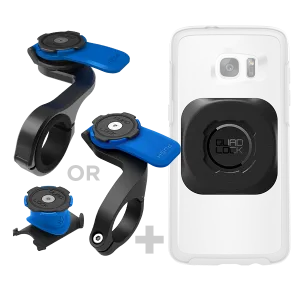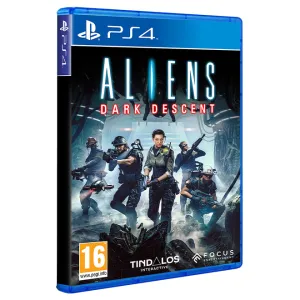The Arduino Nano 33 IoT is the most demanding and cost-effective point of entry to explore the existing devices and create new ones. It is also used to design the pico-network applications. Nano IoT is the one-stop-solution for almost every IoT application-based scenarios. If you are planning to build a sensor network connected to your workplace or your house or want to create a BLE device which sends the data to a cell phone, Nano 33 IoT is the perfect fit.
The board's main processor is a low power Arm® Cortex®-M0 32-bit SAMD21. The WiFi and Bluetooth® connectivity is performed with a module from u-blox, the NINA-W10, a low power chipset operating in the 2.4GHz range. It also assures the secured communications using Microchip® ECC608 crypto chip. Besides that, you can find a 6 axis IMU, what makes this board perfect for simple vibration alarm systems, pedometers, relative positioning of robots, etc.
Resources used for programming:
- Download software :
- Getting starter guide:
- Step by step examples:
- Programming reference:
The Arduino Nano 33 IoT is based on the SAMD21 microcontroller.
Here are the technical specifications for Arduino Nano 33 IoT:
| Microcontroller | SAMD21 Cortex®-M0 32bit low power ARM MCU |
| Radio module | u-blox NINA-W102 () |
| Secure Element | ATECC608A () |
| Operating Voltage | 3.3V |
| Input Voltage (limit) | 21V |
| DC Current per I/O Pin | 7 mA |
| Clock Speed | 48MHz |
| CPU Flash Memory | 256KB |
| SRAM | 32KB |
| EEPROM | none |
| Digital Input / Output Pins | 14 |
| PWM Pins | 11 (2, 3, 5, 6, 9, 10, 11, 12, 16 / A2, 17 / A3, 19 / A5) |
| UART | 1 |
| SPI | 1 |
| I2C | 1 |
| Analog Input Pins | 8 (ADC 8/10/12 bit) |
| Analog Output Pins | 1 (DAC 10 bit) |
| External Interrupts | All digital pins (all analog pins can also be used as interrput pins, but will have duplicated interrupt numbers) |
| LED_BUILTIN | 13 |
| USB | Native in the SAMD21 Processor |
| IMU | LSM6DS3 () |
| Length | 45 mm |
| Width | 18 mm |
| Weight | 5 gr (with headers) |




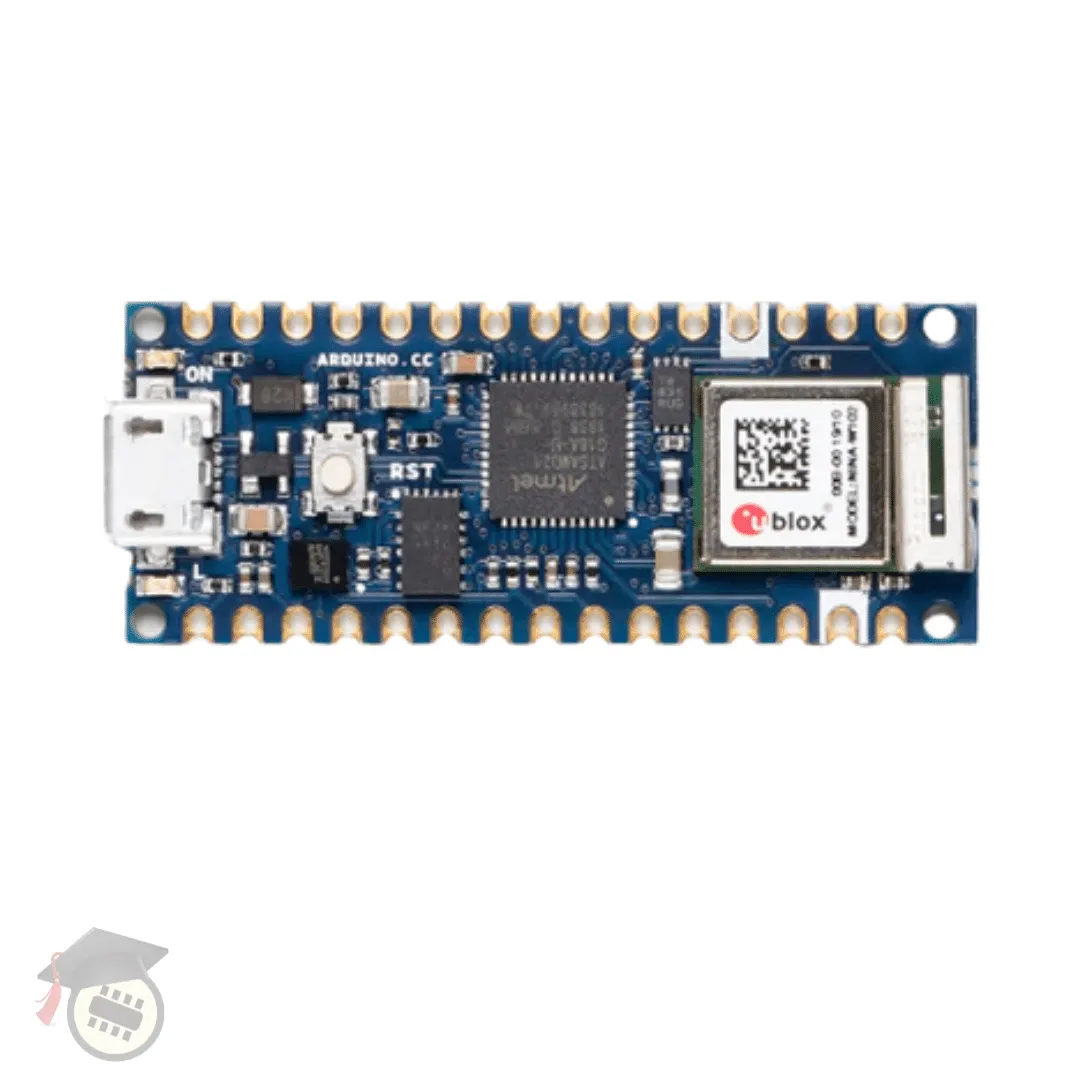
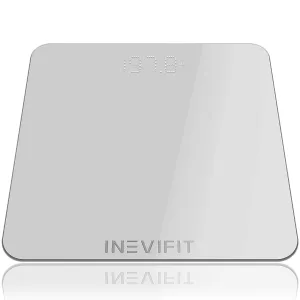
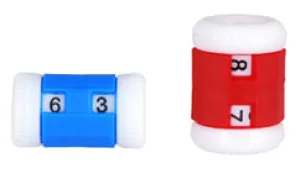

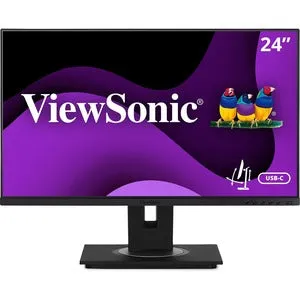
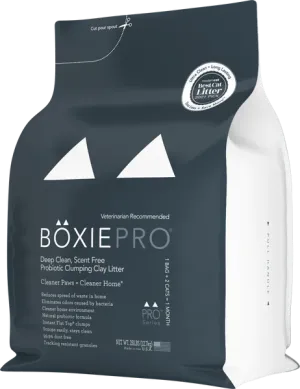
![Agitator Ant [Murders at Karlov Manor Commander] Agitator Ant [Murders at Karlov Manor Commander]](https://www.pumplab.shop/image/agitator-ant-murders-at-karlov-manor-commander_bGrmzJ_300x.webp)
